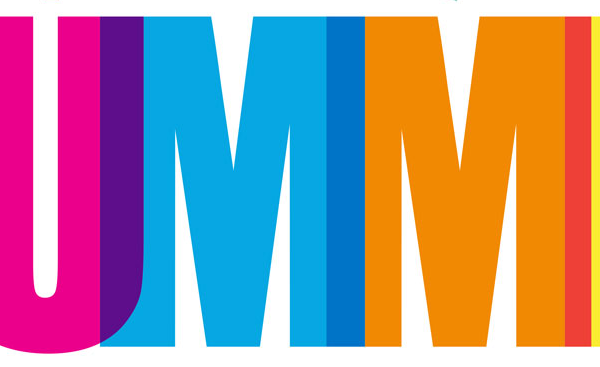While there may be some debate as to who deserves credit for originally developing insulin in the 1920s, there is no doubt that its serendipitous discovery had a life-saving impact. In an attempt to provide affordable treatment to the public, the researchers opted to sell the patent for insulin to the University of Toronto for $1. The researchers later collaborated with a pharmaceutical company to develop insulin due to limited ability of the university to develop it on its own. Once made primarily from animal sources in limited selection, several insulin options are now available, and each product differs slightly in manufacturing and design to better mimic the lacking endogenous insulin in patients with diabetes. Today, insulin is marketed primarily by three manufacturers, and counterintuitive to its length of time on the market as a primary treatment, insulin costs continue to increase. One assessment reported that annual spending per person with type 1 diabetes nearly doubled between 2012 and 2016, and the reported cost of one specific brand of insulin increased by 668% from 2001 to 2015. There are several purported reasons for the high costs of insulin, even resulting in lawsuits and a push for legislative involvement.
The high cost of insulin is a hurdle for many patients and the entire healthcare system, especially considering a reported 1.2 million Americans have type 1 diabetes and a portion of the nearly 30 million Americans with type 2 diabetes are insulin-dependent. So, what happens when a medication necessary for life continues to increase in price? Patients may resort to acquiring insulin from less expensive resources outside of the United States (US). In addition, some patients will continue to use insulin vials beyond their stable use (i.e., beyond 28 days once opened) or share insulin pens. Patients may ration their insulin for their own use or sell the remaining insulin to others, as the temptation for potential income may be too enticing for those with limited financial means. One study reported that the rise in costs has resulted in nearly 25% of patients not taking insulin as directed. Lack of blood glucose control resulting from these measures could be life-threatening.
Taking insulin access to another level, one project aims to develop a protocol for insulin production that would circumvent intellectual property concerns, enabling manufacturers to produce more affordable insulin. Theoretically, an open protocol for manufacturing of insulin could result in community biolab production or somewhat “home-brewed” insulin, but there would still be several costly regulatory hurdles for each product. Even if crowdfunding could support these “biohacked” insulin barriers, would the resulting product be the best treatment for all patients? Would it still result in a high-cost product?
Historically, the US Food and Drug Administration (FDA) has regulated insulins as small molecule drugs; thus, the few generics available are actually branded competitors and considered “follow-on” insulins. The FDA has announced insulins will be transitioned from the small molecule pathway to the biologics pathway effective in March 2020 as part of their Biosimilars Action Plan. According to acting FDA Commissioner, Dr. Ned Sharpless, after this transition, the FDA will be able to license biosimilar and interchangeable insulin products that may be substituted at the pharmacy, potentially leading to increased access and lower costs for patients.
While the idea for “generic” (cheaper) insulin is becoming more of a reality, what will patients do in the meantime for a disease state in which the treatment is not optional? Will interchangeable biosimilar insulin finally be the solution for reversing the constant upward trajectory of insulin prices?





